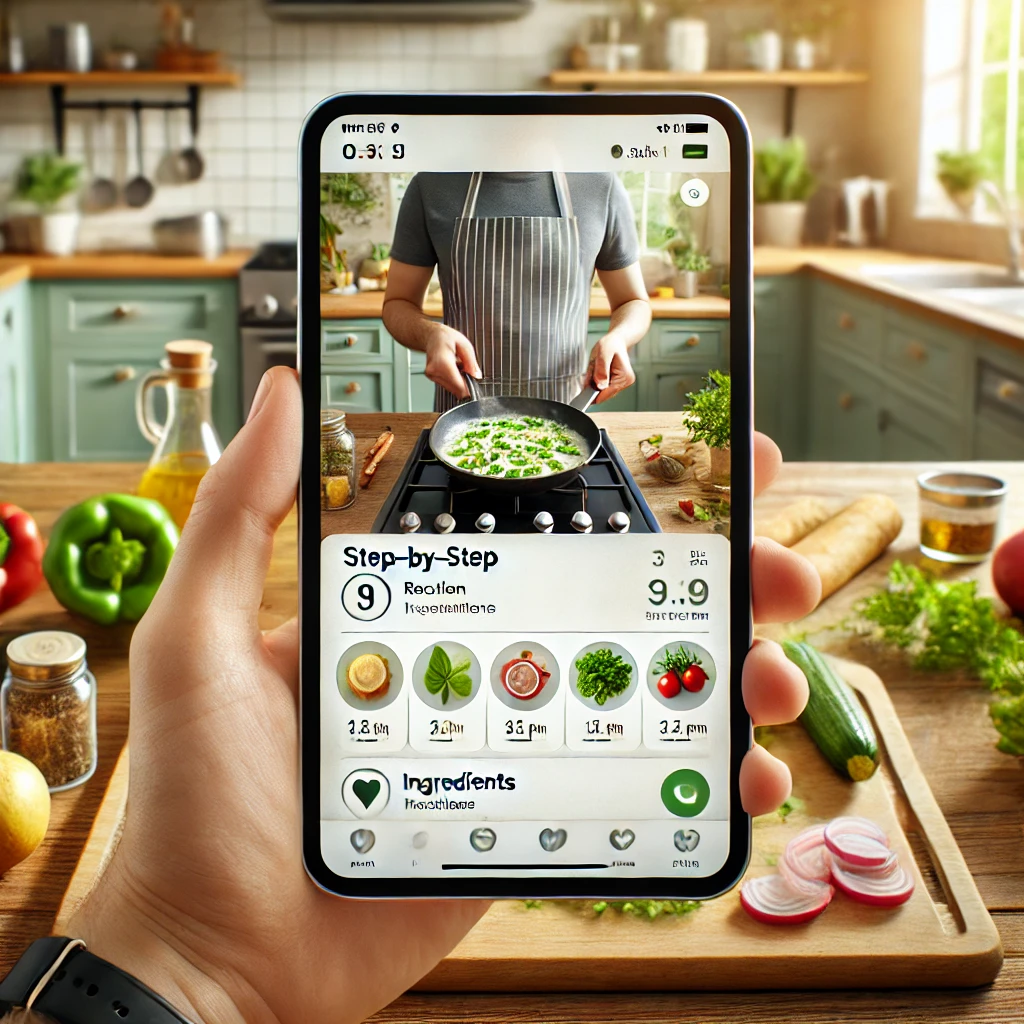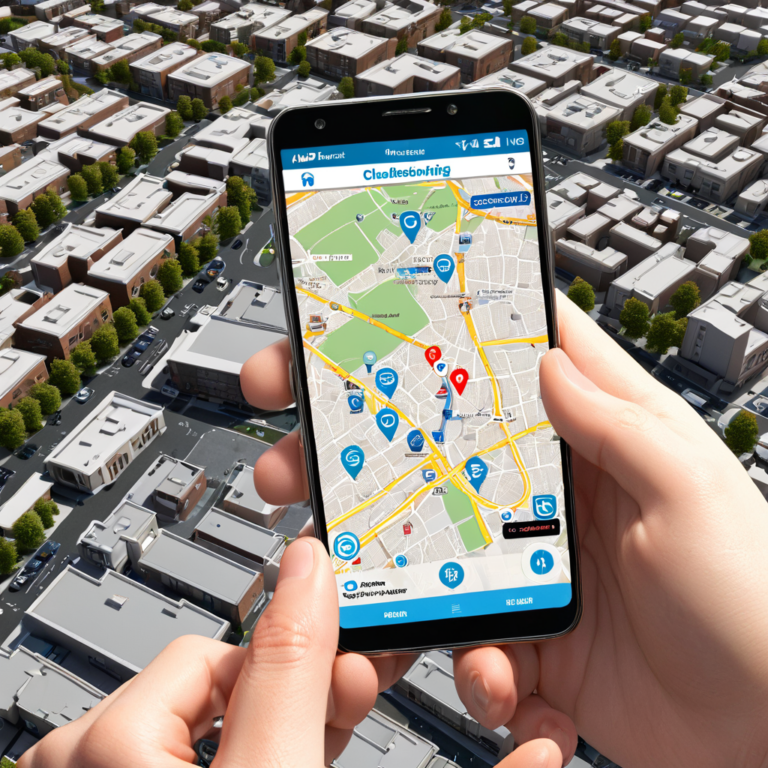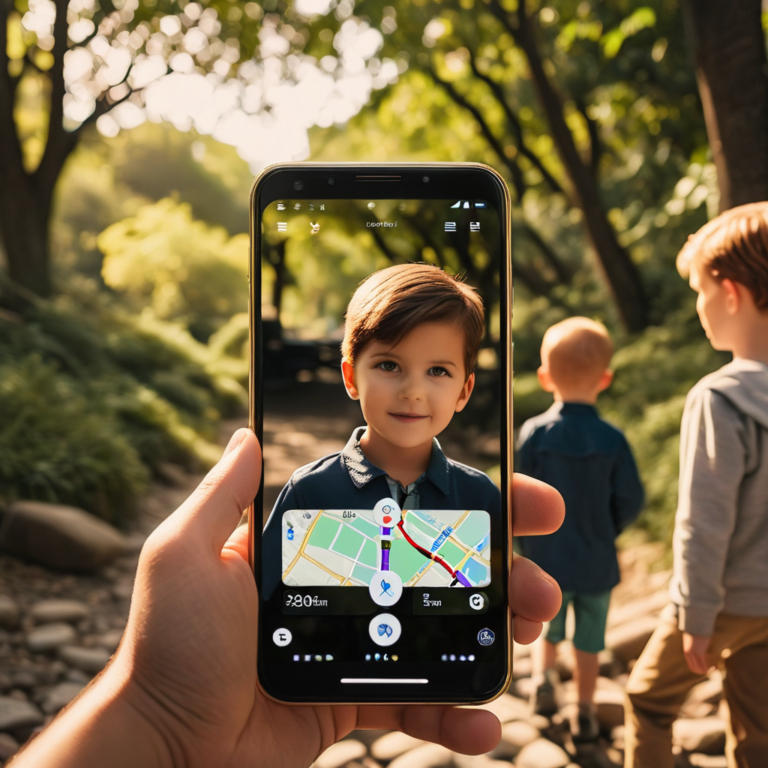Cooking Apps: Technology in the Kitchen

Cooking is an art that combines technique, creativity and culture. Traditionally, learning to cook was something that was passed down from generation to generation or learned through cookbooks and in-person workshops. However, as in many areas of life, culinary education has undergone a technological evolution. Today, cooking apps allow us to learn to cook in an accessible, interactive and creative way, making the culinary experience more practical and fun. In this article, we will discuss how cooking apps work, the benefits they offer, the best apps on the market and how they are changing our relationship with food.
Adoption of Technology in the Kitchen
Over the years, cooking has become an essential part of everyday life, regardless of one’s culinary preferences. A growing number of people view cooking as an art or seek to perfect their craft. As culture has become increasingly digital, learning to cook has evolved, and today, cooking apps have made this learning experience accessible, interactive, and fun.
Cooking apps go beyond simple recipe guides. Most of them offer a variety of services, including step-by-step instructions, videos, personalized tips, and automatic shopping lists. In addition, apps use artificial intelligence to suggest recipes based on the ingredients you have in your pantry or provide interactive experiences by offering live cooking classes with renowned chefs.
With the democratization of internet access and the popularization of smartphones, culinary learning is no longer restricted to those who have the time and resources to attend a class. Today, anyone with a cell phone can learn to cook refined dishes or improve their skills in the kitchen.
Benefits of Cooking Apps
There are numerous benefits to using cooking apps:
- Accessibility and convenience: Apps allow you to learn to cook at your own pace and according to your availability. There is no need to commit to fixed schedules, as with face-to-face courses.
- Variety of recipes: With thousands of recipes available at their fingertips, users can explore world cuisine, from traditional dishes to modern creations. Plus, apps often categorize recipes by difficulty level, food groups, prep time, and more, making it easier to choose.
- Step by step instructions: One of the biggest problems for beginners in the kitchen is the difficulty of following a recipe exactly as it is. Apps offer detailed instructions, often supplemented with video tutorials that demonstrate how each step should be performed.
- Interactivity: Some apps offer live or recorded classes with chefs, where you can ask questions in real time or revisit the classes as many times as you need. This creates a personalized and engaging learning experience.
- Saving time and money: Many apps help you optimize your shopping list by suggesting only the ingredients you need for your chosen recipes. Plus, by cooking at home, you can save money that you would otherwise spend on ready-made meals or restaurants.
Main Applications Available
There are many useful and easy-to-use applications, of which the following are worth mentioning:
- Tastemade: Known for its creative recipes and short videos, Tastemade offers a variety of dishes, from budget-friendly meals to fancy dishes. What’s unique about this app is its meal planning feature, which helps you organize your weekly menu.
- Yummly: Yummly is one of the most personalized apps available. It uses artificial intelligence to suggest recipes based on a user’s food preferences and the ingredients they have on hand. Yummly also lets you create automatic shopping lists and offers instructional videos for each recipe.
- Kitchen Stories: This app is geared toward both beginners and experienced cooks. Kitchen Stories offers high-quality videos that demonstrate each step of the recipe, as well as helpful tips on cooking techniques. The app also has an active community where users can share their creations and interact with other cooking enthusiasts.
- Tasty: Developed by BuzzFeed, Tasty is famous for its quick and dynamic videos that show recipes being prepared in a simplified way. The app is ideal for those looking for easy and quick recipes. In addition, Tasty offers a function that allows you to adjust portions and ingredients, making it easier to plan meals for different numbers of people.
- Cookpad: This app stands out for its global community of users who share their own recipes. On Cookpad, you can find recipes from all over the world, contributed by ordinary people who love to cook. The app allows you to publish your own recipes and receive feedback from the community.
Impact of Apps on the Relationship with Food
The popularity of cooking apps has a significant impact on how we relate to food. On the one hand, they encourage people to prepare home-cooked meals, which can lead to healthier and more conscious eating. When cooking at home, people tend to use fresh ingredients and have more control over what they consume, resulting in a more balanced diet.
Additionally, apps help people explore new cuisines and dishes that might otherwise seem intimidating. As a result, users’ culinary repertoires expand, and their awareness and appreciation of cultural diversity through food also increase. With this experience, people’s autonomy in the kitchen also increases. By mastering different techniques and recipes, people gain the confidence to experiment and create their own dishes, becoming less dependent on processed and industrialized foods.
Challenges and Limitations
However, cooking apps also face challenges. One of the main ones is that they require internet access and a mobile device, which can limit their use for some people. Additionally, not all apps offer clear instructions or a wide variety of recipes in different languages.
Another challenge is adapting recipes to local ingredients or specific dietary restrictions. While many apps offer substitution options, it can be difficult to find alternatives for ingredients that are less common in certain regions.
Final considerations
Cooking apps are a powerful tool for anyone looking to discover or improve their culinary skills. They combine the convenience of technology with culinary tradition, offering a practical and interactive way to explore the world of gastronomy. Whether you’re a beginner or a seasoned chef looking for new inspiration, these apps have something for everyone.
As technology continues to evolve, these apps are likely to become even more sophisticated, offering additional features that will make learning to cook even more accessible and fun. Given that food is such a central part of our lives, these apps have the potential to transform the way we eat and our relationship with culture and tradition through food.





